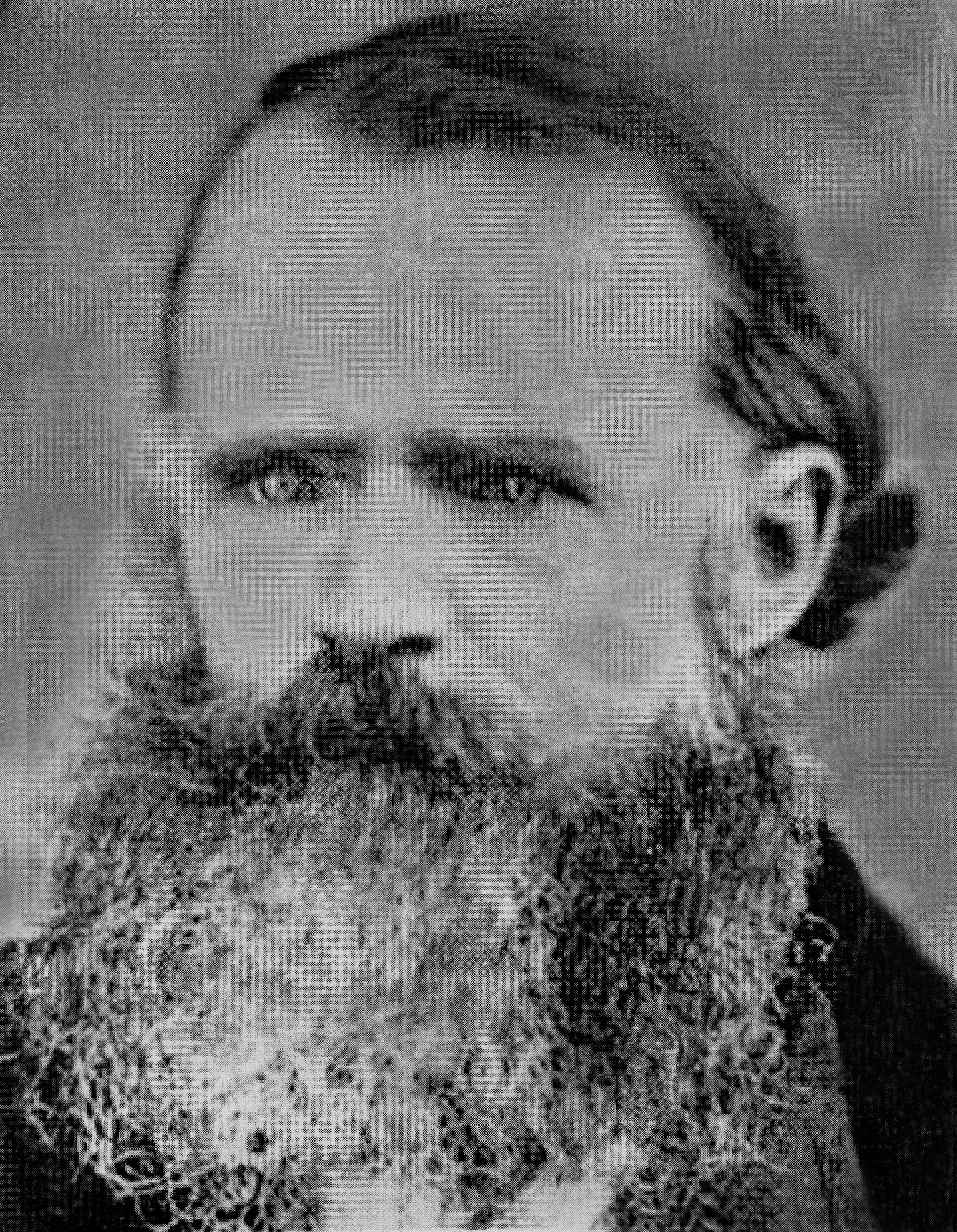For anyone who has read the Journal of Joseph Holbrook, with particular focus on the period from December 1847 to April 1848, it will come as no surprise that Judson Tolman chose the life of a lumberman. In Missouri, Judson filled large orders for split rails, which were used by the settlers on the frontier, primarily for fencing. His life demonstrates a love for hard, outdoor work. As we will read in the journals of his children, Judson was adept at “working in the timbers” and he surrounded himself with his brothers and (later) his sons in that pursuit.
As a result of fulfilling the timber contract with Brigham Young, Judson and his two brothers, along with Ezra T. Benson and Anson and Josiah Call built the first saw mill in the Tooele area. There are two mountain ranges—Oquirrhs on the east, and the Stansburies on the west—that border Tooele valley. Many members of the Tolman family, even those living in close proximity to Tooele, do not realize the magnitude of those mountains. One peak, in particular, in the Stansbury range, is over 10,000 feet high. The steep canyons on the east side of this range are quite heavily timbered with pine, cedar and quaking aspen. It is a beautiful place, full of deer, coyotes, spruce grouse and other native animal life. The Oquirrhs, to the east of Tooele, today are owned almost exclusively by mining interests. There is abundant copper, gold and other minerals there that have attracted the interest of miners since Judson Tolman’s time. There is also good timber, which is not as easily accessed as that located in the Stansburies. The streams that run westward out of the Oquirrhs are also less opulent than those running eastward out of the Stansburies.
On November 24, 1849, Ezra T. Benson, Anson Call, Josiah Call and Judson Tolman were authorized to build a sawmill and were given the rights to harvest timber. Their sawmill was located on Big Canyon Creek. Their timber rights included Big Canyon, Pine Creek Canyon and Small Creek Canyon. In return for this “license” to harvest and process timber, the three agreed to build a road into the canyon and to furnish lumber at a price of $20 per thousand board feet. (Journal History of the Church, Salt Lake City, L. D. S. Church Historical Department, 24 November, 1849.) Pine and spruce were favored as construction lumber, while the cedar were preferred for shake shingles.
From this mill in Tooele, Judson Tolman furnished the lumber for one of the first school houses built in Davis County. It was built in 1851 at 400 North and 200 West in Bountiful. (Foy, Leslie T., The City Bountiful. Bountiful, Utah, Horizon Publishers, 1975, page 80.) The following quote from Patriarch Israel Call’s “History of the Bountiful First Ward, given March 12, 1933” provided further detail about this construction and Judson Tolman’s role in it:
“In 1851, a committee was chosen to select a site for a school house, and they secured the southwest corner of John Stoker’s farm and (a) school house was put up there 20 by 30 feet. It had two windows and a door in the west with a fireplace in the south end, three windows in the east and two windows in the north. Joseph Holbrook contracted the building for $800.00 and asked Judson Tolman to assist him. This was built of adobe and was a house of worship as well as a school house.” (“A History of the Bountiful First Ward Given March 12, 1933,” by Patriarch Israel Call. An address given to the Sessions Camp, South Davis County, Utah, of the Daughters of the Utah Pioneers.)
For this construction, the Tolman brothers hauled lumber from Tooele to Bountiful, which, even as early as 1851, held some special attraction for them—probably because of the settling there of Judge Joseph Holbrook, Anson Call and other members of the 1848 pioneer companies with whom they had traveled and toiled.
(Contributed by the Thomas Tolman Family Organization. Excerpt from Judson Tolman: Pioneer, Lumberman, Patriarch by E. Dennis Tolman, Second Edition, 2004, pages 43-44.)


